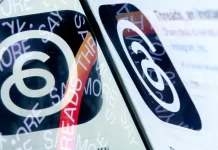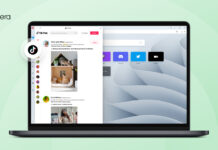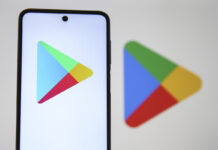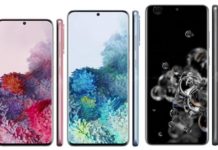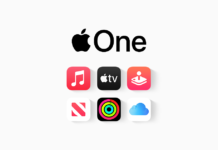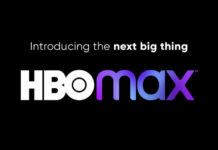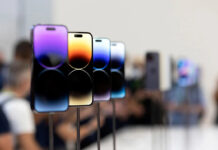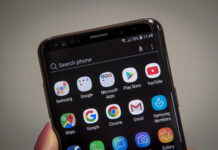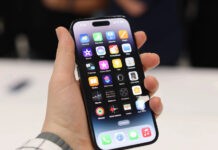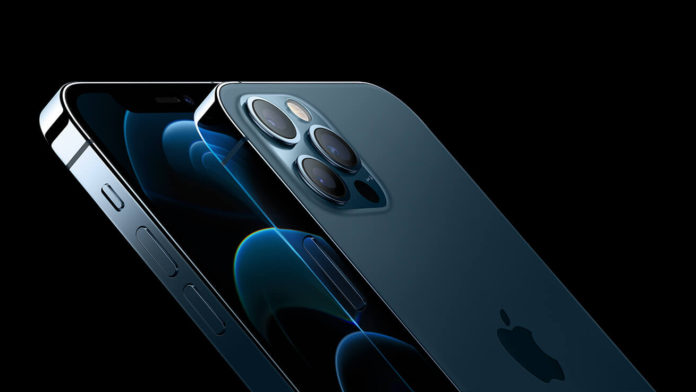Apple has announced its iPhone 12 lineup, and as ever, the phones’ camera systems were the focus of much of the company’s presentation. This year, though, there’s more to differentiate each model than ever before. The iPhone range is getting improvements across the board, but Apple appears to be reserving the biggest advances for its biggest phone. The 6.7-inch iPhone 12 Pro Max has some serious hardware improvements that set its camera apart from every other iPhone.
Hardware-wise, there doesn’t appear to be much difference between the iPhone 12, 12 mini, and 12 Pro when compared to the 11 and 11 Pro. All of these phones use the same-sized 12 megapixel sensors for wide, ultrawide, and the Pro model’s telephoto cameras, while the shape and size of the camera bump remains essentially the same.
The iPhone 12 Pro camera isn’t all that different to the regular 12’s, beyond the same 52mm-equivalent f/2.0 telephoto lens that the 11 Pro got last year. The biggest still photography feature in the Pro is the ability to take portraits in night mode, which makes use of the Pro-only LIDAR sensor.
Apple also announced ProRAW, a new image format that retains more data from its image processing pipeline for greater flexibility in editing, but it won’t be shipping on the iPhones at launch. It’s also not clear why it won’t be coming to the non-Pro iPhone 12 — it doesn’t seem like there’d be a technical reason to limit its availability, given the A14 processor is shared across the iPhone 12 line, unless it’s particularly demanding on RAM. Apple is releasing an SDK to let third-party developers integrate ProRaw into their apps, so maybe some of those will work on the iPhone 12.THE FIRST CAMERAS EVER TO CAPTURE DOLBY VISION VIDEO
As for video, all the new iPhones still top out at 4K/60 for conventional footage, with Apple saying the faster-aperture wide lens will help produce cleaner footage in low light. The big new video feature is the ability to capture Dolby Vision footage in real time, which does sound impressive. Dolby Vision is an HDR format that uses dynamic metadata to map accurate color and brightness levels onto each scene; it requires extensive editing in order to accurately grade footage with complex light sources. We’ll have to wait to find out how good the results are, but processing this in-camera while recording the footage is nothing if not ambitious — in fact, Apple claims it’s the first camera ever to do it. The 12 Pro can handle it at 4K/60 fps, while the 12 is limited to 4K/30.
All of this sounds like a perfectly solid, if iterative, set of year-on-year upgrades. Last year the iPhone 11 and 11 Pro made even fewer hardware tweaks to their predecessors beyond adding an ultrawide lens, but instantly catapulted Apple back into phone camera relevance due to the quality of their image processing. We can’t know yet how well the company has performed in that regard, of course, but the 12 and 12 Pro should still be very competitive.

